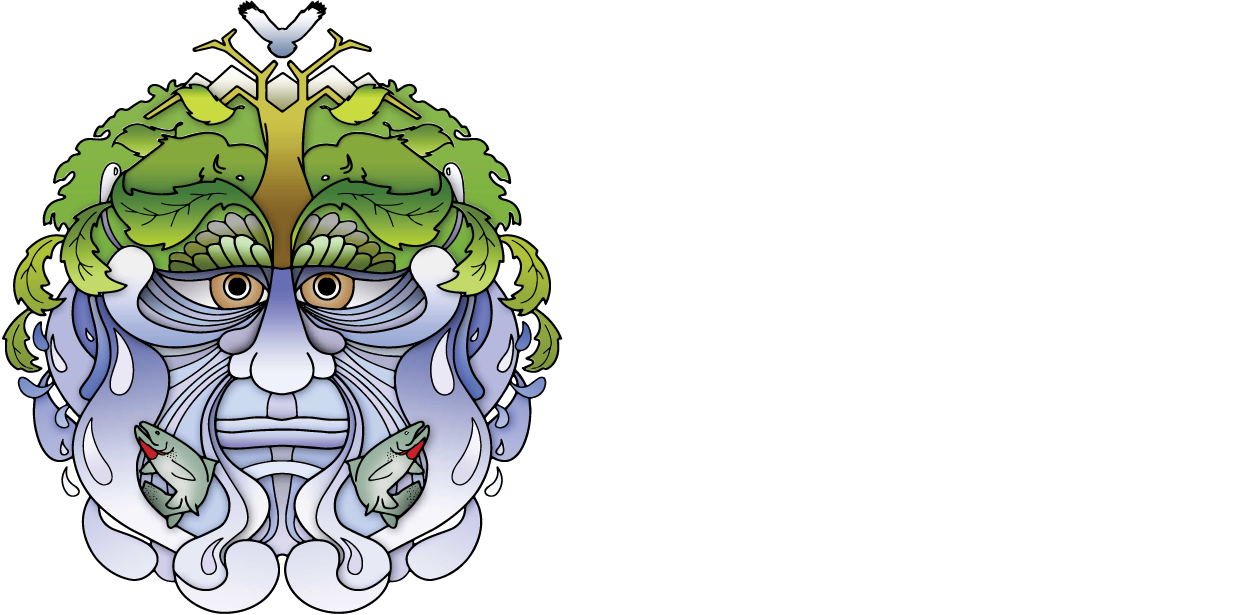(Editor's note: This post was submitted by someone who wished to remain anonymous. I have edited for style and added some supplementary information at the end)
I wonder if my experience of yesterday would be of interest to Oldman Council readers. Perhaps it will help reduce incidents like it, who knows. I live in the city and grew up in an even bigger city. I don't know the names of birds, but the one I hit yesterday was big and I knew it must have been a bird of prey. This was on a 2-lane, secondary highway not far from the city. I saw him swoop down onto my lane and slowed down. Usually, birds fly away as you approach. My aunt rolled her car once swerving for a duck, though. At the last minute, he (?) swooped up, but not at the speed I anticipated. It made a huge noise.
Trying to pull over without getting rear-ended, I was him wobble off to a fence post. Emergency lights blinking, I crawled along beside him as he struggled through the grass and then made it up to a fence post again. I kept following until he alighted on a telephone pole next to a farmer's yard. I got out and rang the doorbell. I don't know why I thought they could help, but I felt that good people would want to know there was an injured bird on their property. The mother of several sent out her eldest son - a sweet, shy, shining, red head of about 15. The bird was still in the same place.
 |
| What my hawk looked like: A Swainson's Hawk |
"It's a hawk!" he said. "And probably a young one without enough sense yet to deal with the highway."
I felt worse, and so I should have. "Well, if he's up there, then he'll probably be all right. If they lose too much blood, they can't fly." I silently sent up prayerful thanks. "Look!" The boy continued. "He's flying to the next pole - and there's one of those nasty blackbirds out to chase him away!" I was amazed at the boy's knowledge. I asked him: "That little bird ... is going to
chase away a hawk?!" "Oh yes" he said. They're mean little things." I only know that if I walk along one of the local canals that I can hear their beautiful song. It's probably one of the few birds (other than a crow or magpie) that I can actually identify.
The boy pointed at my car. "Where did you hit him?" I stared at him blankly. I thought; Like, on the car!! You know ... front, boom! "Well, I don't know", I said, approaching my bumper. "Probably right about .....!!!!" There was blood and guts all over the bumper. I'm freaking out left, right and centre and I'm sure the boy was thinking: "So THAT'S what city slickers are like!". "How can he LIIIIVE?!!!" I screech. "Oh, he'll probably be okay", the boy reassured me. "I'll call the local Birds of Prey". I marvel at how different our worlds are, this boy's and mine ... what he all knows at 15 that I can barely understand. I drive through the countryside, but do not see what's in it.
 |
| This photo depicts a magpie harassing an owl, but my wounded hawk flew up to the top of the pole just like this. |
I feel like *#%# about it - and I hope the hawk is alive to feel the same. Better a smashing headache than dead. He literally got some sense knocked into him. But what about me?
We have too many cars, roads and drive too fast. I was going 20km under the speed limit and 40km slower than my usual.
Roads, rails, pipelines, telephone wires, seismic lines ... are called "linear disturbances", and are one of the main threats to wildlife. Clearly. Many are unnecessary and some could be reclaimed if we actually made it a priority. The OWC is working on classifying linear features for just this purpose - reclamation.
Yet the plan for Alberta's countryside over the next 50 years is to populate yet more of our wild spaces, partcularly in the SW of the province. This means more people drawing wells, building roads into their properties, most tying into the grid, all driving at least 2 or more vehicles. Most people will be fleeing the cities and many will be novices regarding land stewardship.











